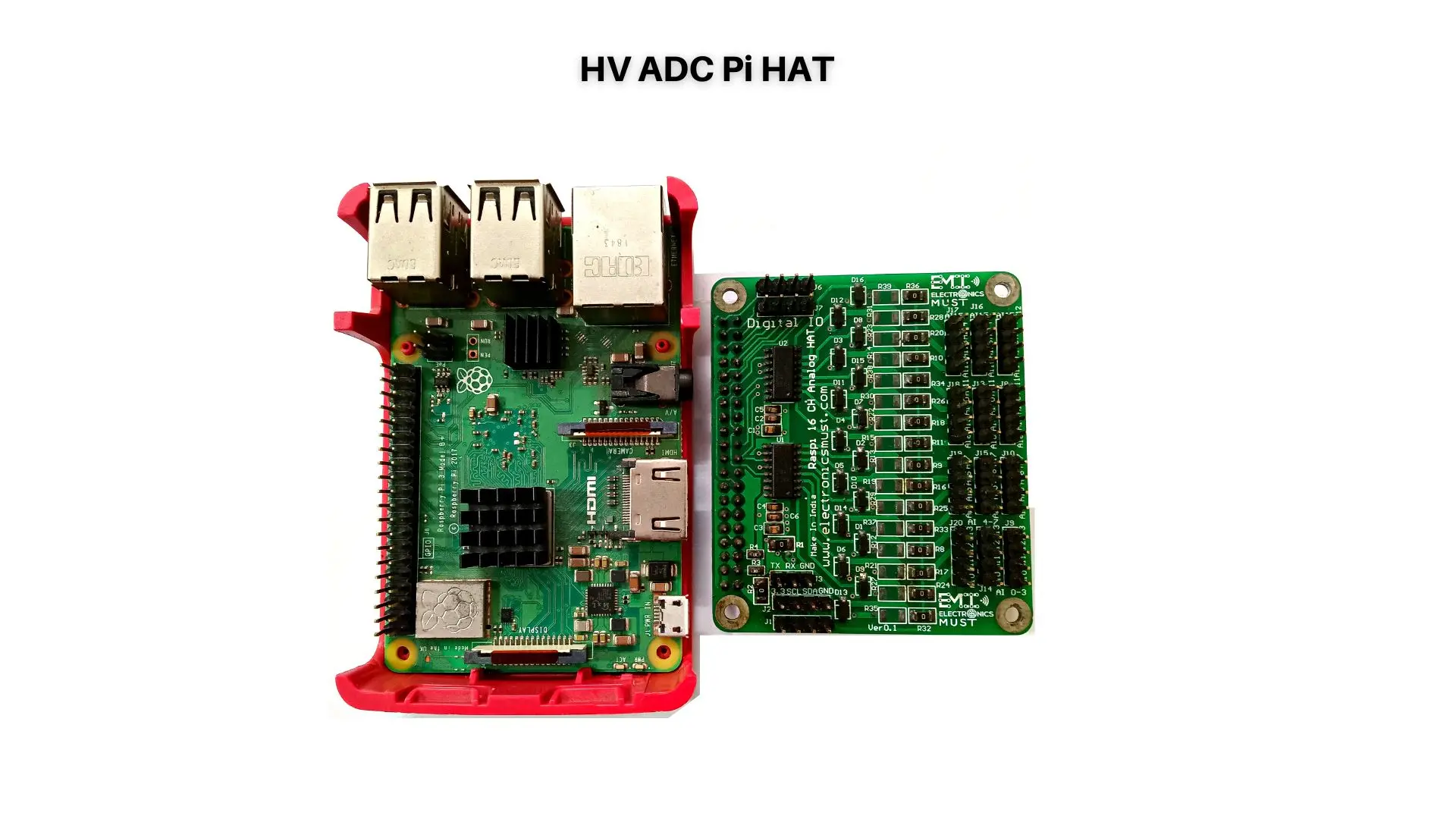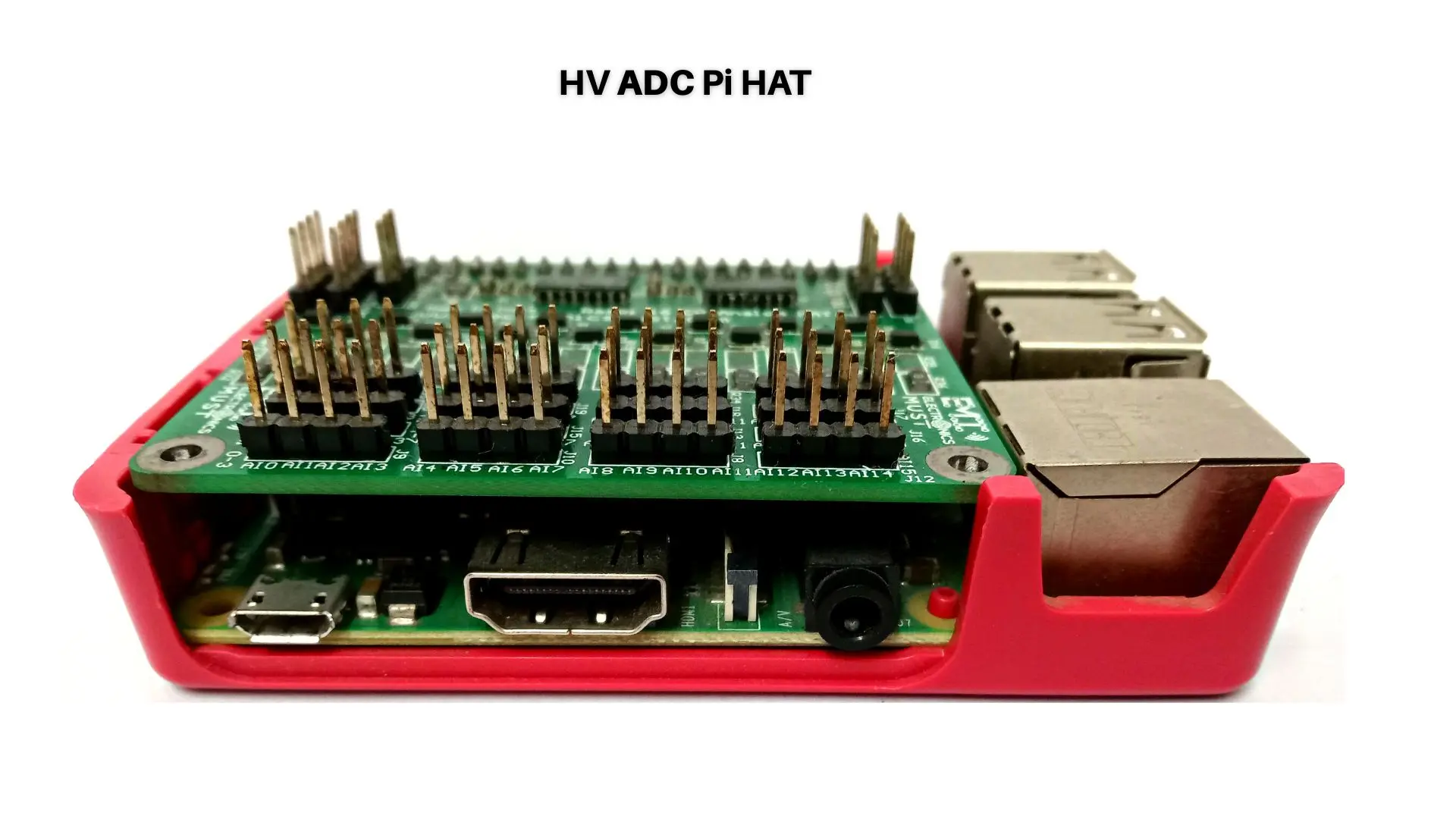Printed Circuit Boards (PCBs) are essential components of electronic devices. They connect the various electronic components and providing a reliable means of communication. However, designing PCBs can be a challenging task, and even the most experienced engineers make mistakes. In this blog post, we will discuss the top five common PCB design mistakes to avoid in embedded systems.
1. Inadequate Ground Planes
A good ground plane is essential for any PCB design. It provides a low-impedance return path for the current and reduces electromagnetic interference (EMI). When designing a PCB, it’s important to ensure that the ground plane is adequate, and there are no “islands” or gaps in the ground plane. The ground plane should be located close to the signal layers to minimize the loop area and reduce the inductance.
2. Routing High-Speed Signals Incorrectly
High-speed signals are a common source of PCB design problems. These signals are susceptible to noise and interference, and even minor routing errors can lead to signal integrity issues. When routing high-speed signals, it’s important to use the proper trace width and spacing, and to maintain a consistent impedance throughout the signal path. It’s important to avoid routing high-speed signals near noisy components or power traces.
3. Inadequate Decoupling Capacitors
Decoupling capacitors are used to filter out noise and provide stable power to the components. Inadequate decoupling can lead to power supply noise and signal integrity issues. When designing a PCB, it’s important to place decoupling capacitors close to the power pins of each component, and to use the appropriate capacitance value for each component.
4. Incorrect Component Placement
The placement of components on a PCB can have a significant impact on performing the circuit. When placing components, it’s important to consider the routing of the signals and power traces, as well as the thermal performance of the board. It’s important to avoid placing components too close to the edge of the board, as this can make it difficult to assemble and test the board.
5. Not Following DFM Guidelines
Design for manufacturable (DFM) guidelines are essential for ensuring that a PCB can be manufactured correctly and efficiently. When designing a PCB, it’s important to follow DFM guidelines to avoid costly mistakes and delays in the manufacturing process. DFM guidelines include considerations such as the minimum trace width and spacing, the number of layers, and the use of vias.
In conclusion, designing a PCB for embedded systems requires careful attention to detail and a thorough understanding of the underlying principles. In addition, By avoiding these common PCB design mistakes, you can ensure that your PCBs are reliable, efficient, and perform as expected.
Whether you’re starting a new project or looking to enhance an existing one, we’re here to help you every step of the way. Don’t hesitate to contact us today to learn more about our embedded design services and how we can help you achieve your goals.






